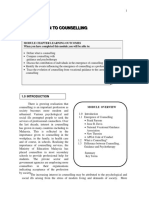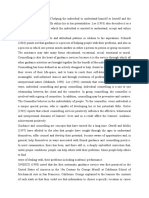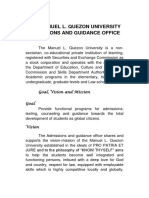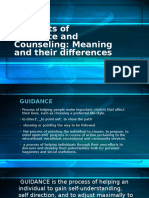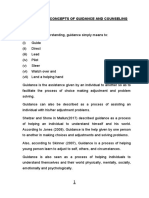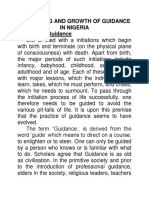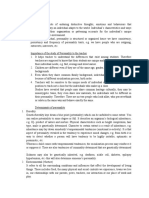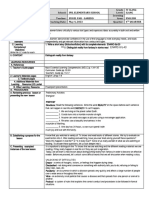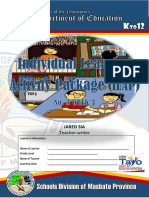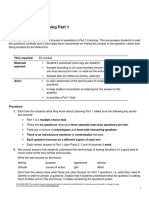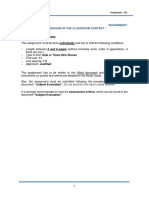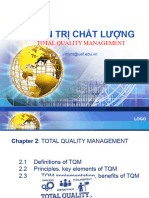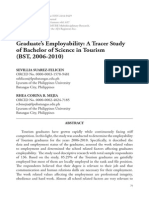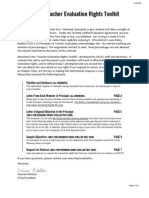0% found this document useful (0 votes)
180 views13 pagesChapter One GUIDANCE AND COUNSELLING PDF
The document discusses the history of guidance and counseling. It describes how the profession began as a vocational guidance movement in response to industrialization. Key figures like Jesse Davis, Frank Parsons, and Anna Reed helped establish early guidance programs and counseling in schools. Their work helped develop counseling into a profession focused on broader student development beyond just vocations.
Uploaded by
Asumpta MainaCopyright
© © All Rights Reserved
We take content rights seriously. If you suspect this is your content, claim it here.
Available Formats
Download as PDF, TXT or read online on Scribd
0% found this document useful (0 votes)
180 views13 pagesChapter One GUIDANCE AND COUNSELLING PDF
The document discusses the history of guidance and counseling. It describes how the profession began as a vocational guidance movement in response to industrialization. Key figures like Jesse Davis, Frank Parsons, and Anna Reed helped establish early guidance programs and counseling in schools. Their work helped develop counseling into a profession focused on broader student development beyond just vocations.
Uploaded by
Asumpta MainaCopyright
© © All Rights Reserved
We take content rights seriously. If you suspect this is your content, claim it here.
Available Formats
Download as PDF, TXT or read online on Scribd
/ 13



